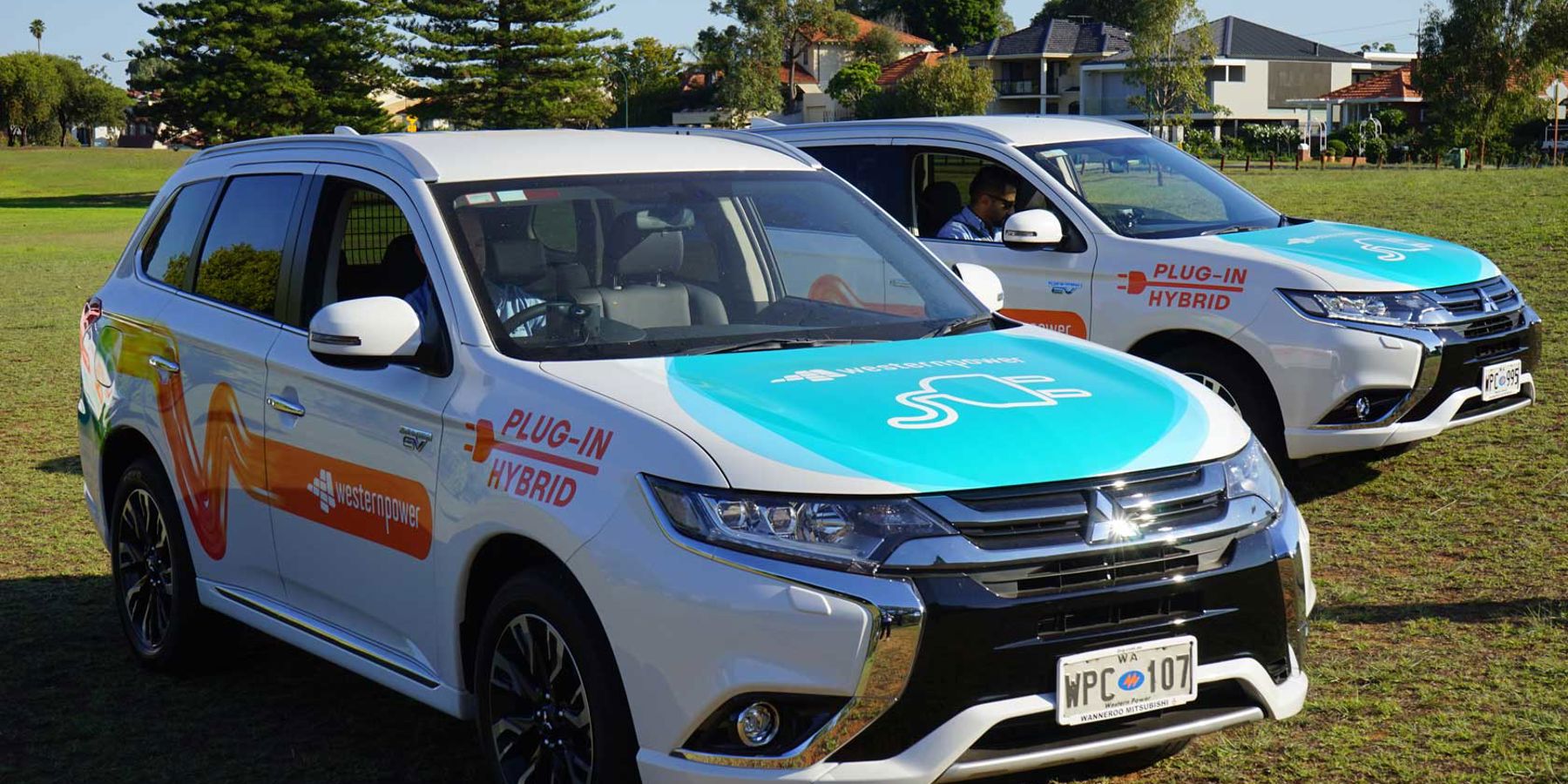Our crew spend a lot of time on the road. Every year we clock up around 30 million kms across a network area of 255,000 km2.
But with so much driving comes a downside.
Vehicle pollution is the single largest cause of air pollution in Perth. And for us, increasing fuel efficiency is a way to reduce overall carbon emissions in the managing of the grid.
We’ve been early adopters of electric vehicles since 2010, and now we’re realising the full potential of plug-in hybrid electric vehicles (PHEV’s) across our light fleet.
What’s fuelling our fleet?
We currently have 13 PHEVs out on the road every day. Having these as part of our fleet is helping reduce our emission footprint.
Each vehicle has on electric only when the battery is fully charged, making the average metro commute almost carbon free.
When fuel is required for the drive, they are also highly efficient - around 7 litres per 100 km on average compared to their petrol counter parts at around 12 litres per 100km.

What’s the difference between an EV and PHEV?
PHEVs are a combination of fuel and battery technology. The vehicles are powered by a battery, which when fully charged before it needs recharging.
However PHEVs also have a petrol engine that kicks in when the battery power drops to low levels, which is why they’re described as a hybrid.
EVs on the other hand are all electric, getting their energy from rechargeable onboard batteries. The batteries in EVs are a form of energy storage. The electric motor offers superior environmental performance and is incredibly quiet and smoother than any other type of engine.
Both can be recharged by simply plugging it into a power source. For Western Power’s PHEVs, we have dedicated charging points for overnight vehicle charging at our head office in Perth, at our Vasse depot and soon at the new Pinjarra depot which is currently under construction.
EVs present exciting potential solutions for our energy future. And we’re not the only ones who think so, with the EV take-up expected to increase across WA as prices lower and more models become available.
By observing the ways our hybrid vehicle fleet interacts with the grid, we’re identifying the challenges and opportunities that a future with a high level of EV take-up will present for the grid, so we’re prepared to meet the needs of future EV take-up in WA.
